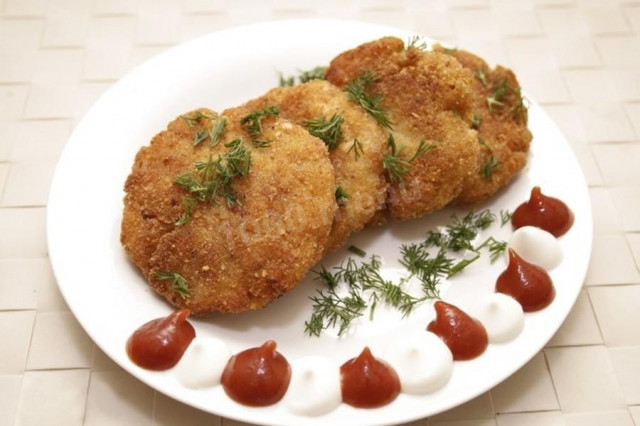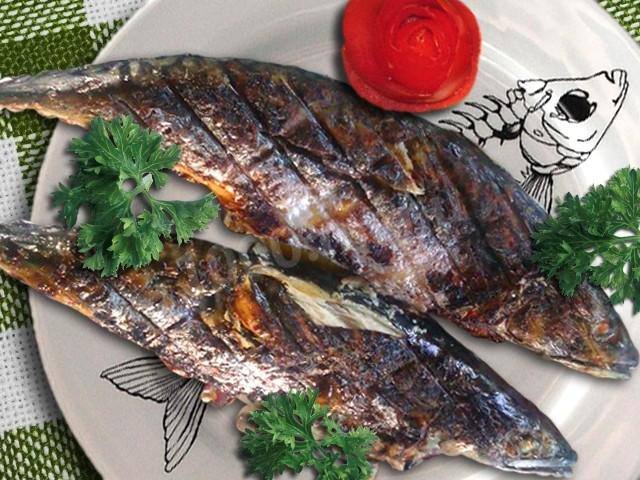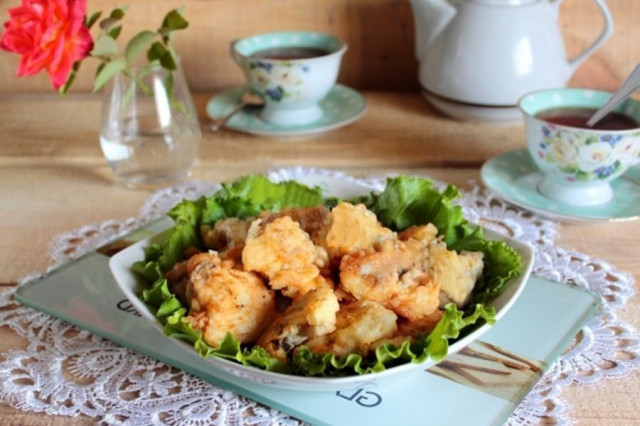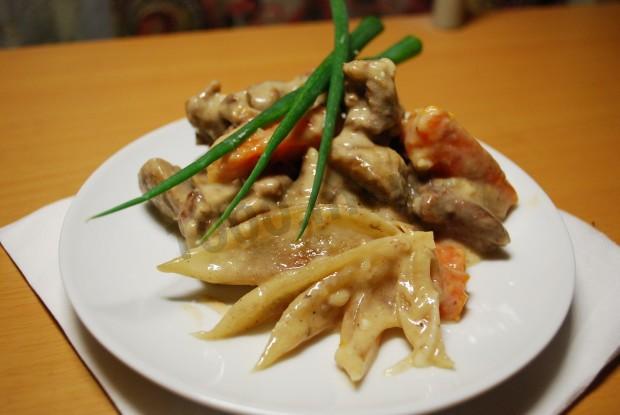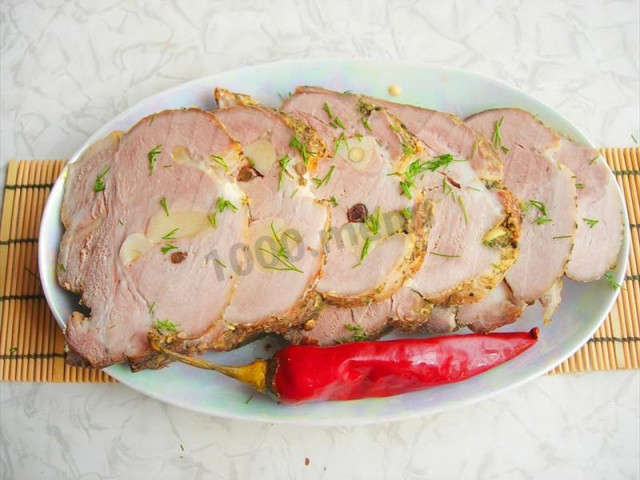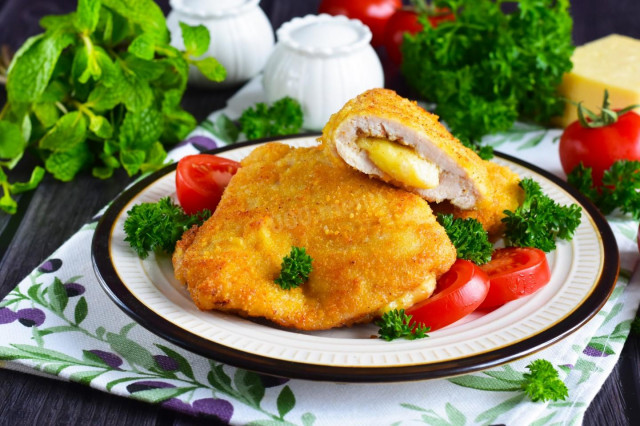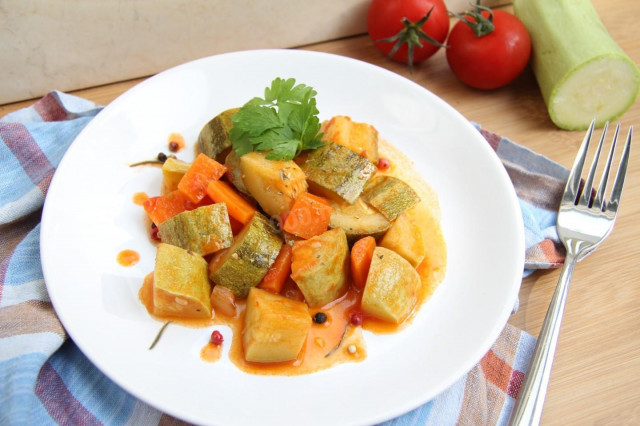Composition / ingredients
Cooking method
How to make haddock cutlets?
1. Wash the fish, peel off the skin and bones, for the recipe you need a clean fillet. Peel the onion, cut into cubes as small as possible.
2. Put the haddock fillet into the bowl of a blender, add the butter, cut into plates, grind to a pasty state.
3. Put the resulting mass into a bowl, break the egg, add salt and pepper, add chopped onion and breadcrumbs, mix everything thoroughly.
4. Pour the rest of the breadcrumbs onto a flat dish, form small cutlets from the minced meat, pan them in breadcrumbs and fry in vegetable oil on both sides.
Bon appetit!
How to properly cut a whole fish into fillets? Remove the tail, head and fins. Cut the carcass along the spine to the spine. Turn it on its side. With a sharp knife, cut the meat from the backbone bone. Turn the carcass over and cut the fillet from the other side. Clean the inside by removing the black film, as it is bitter and will spoil the taste. Rinse and be sure to dry well.
Important! An incorrectly selected frying pan can ruin even the best recipe. All the details on how to choose the perfect frying pan for different dishes read here .
Any oils are useful only until a certain temperature is reached - the point of smoking, at which the oil begins to burn and toxic substances, including carcinogens, are formed in it. How to determine the roasting temperature and choose the best oil for frying, and which is better not to use at all, read here .
Caloric content of the products possible in the composition of the dish
- Chicken egg - 157 kcal/100g
- Egg white - 45 kcal/100g
- Egg powder - 542 kcal/100g
- Egg yolk - 352 kcal/100g
- Ostrich egg - 118 kcal/100g
- Ground black pepper - 255 kcal/100g
- Butter 82% - 734 kcal/100g
- Amateur unsalted butter - 709 kcal/100g
- Unsalted peasant butter - 661 kcal/100g
- Peasant salted butter - 652 kcal/100g
- Melted butter - 869 kcal/100g
- Vegetable oil - 873 kcal/100g
- Salt - 0 kcal/100g
- Onion - 41 kcal/100g
- Breadcrumbs - 347 kcal/100g
- Haddock - 90 kcal/100g

